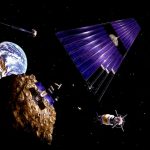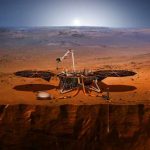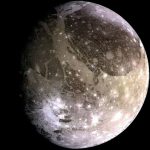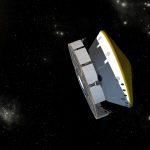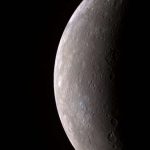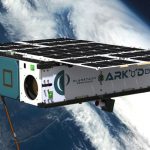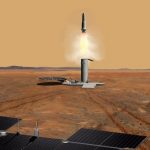Mining asteroids could unlock untold wealth – here’s how to get started0
- From Around the Web, Space
- May 3, 2018
Several privately funded space companies are locked in a race to claim the trillions of pounds worth of precious metals thought to exist in asteroids. The UK has now entered the race, with the Asteroid Mining Corporation becoming the first of these new firms in the country.

